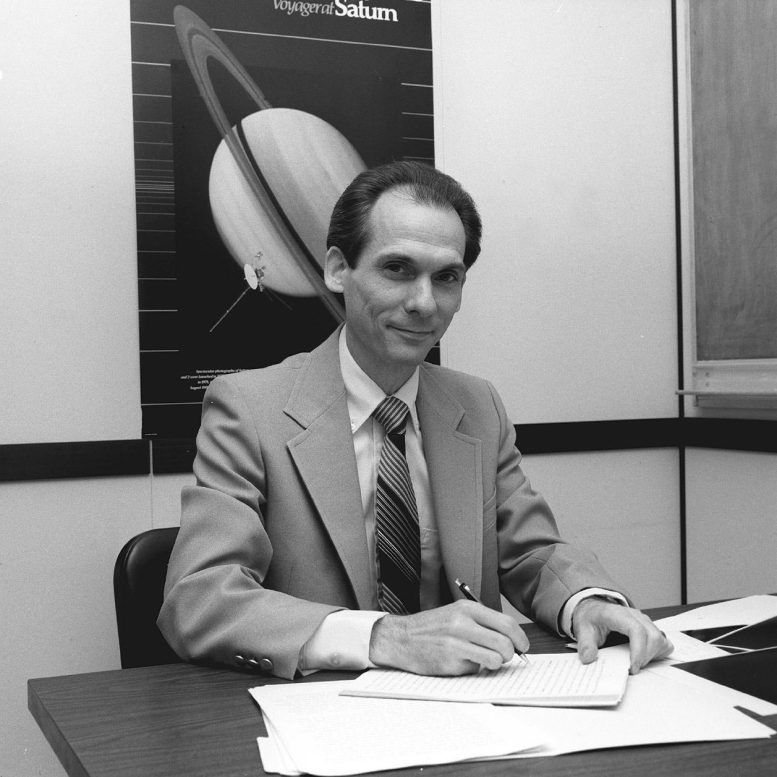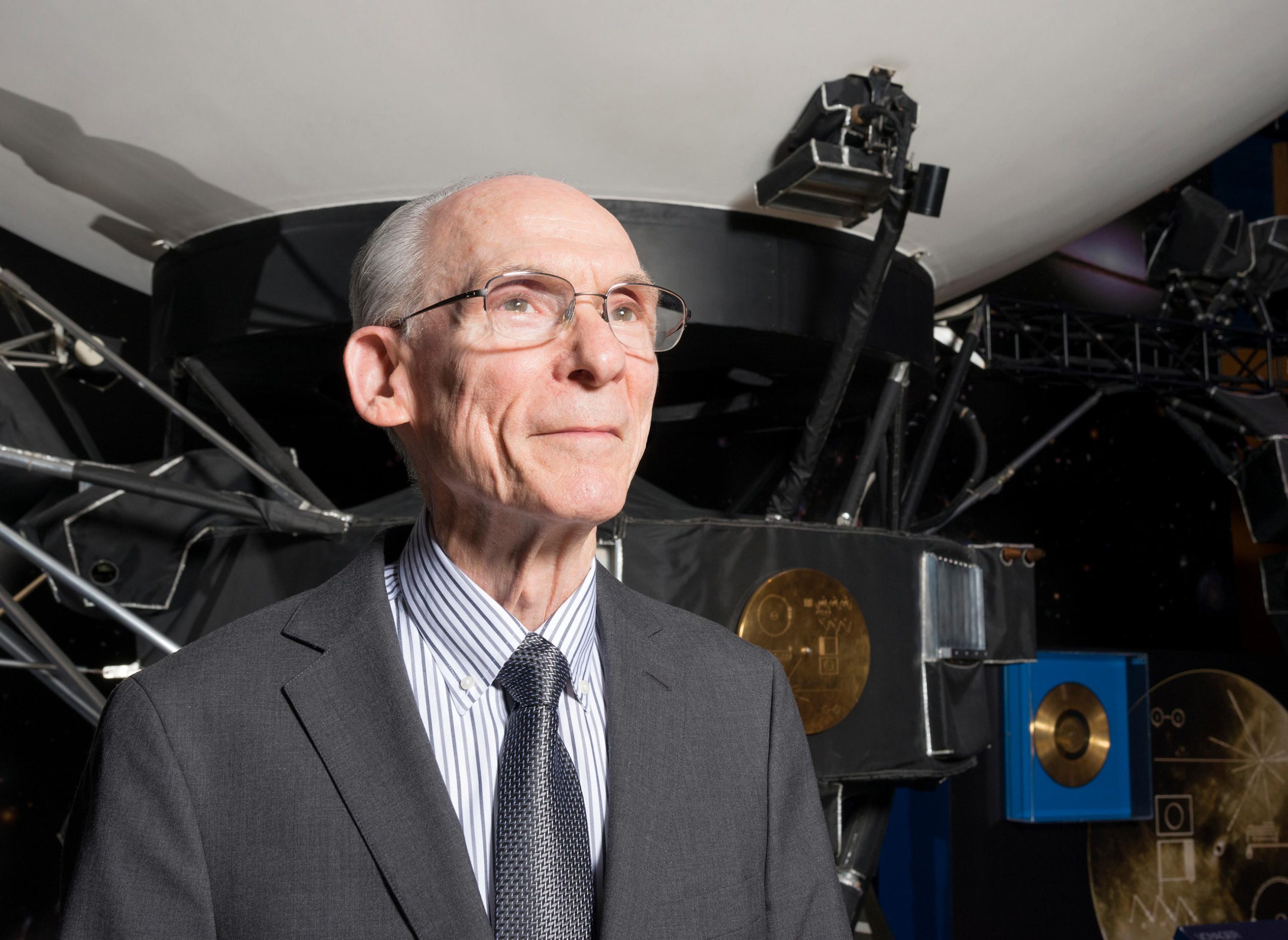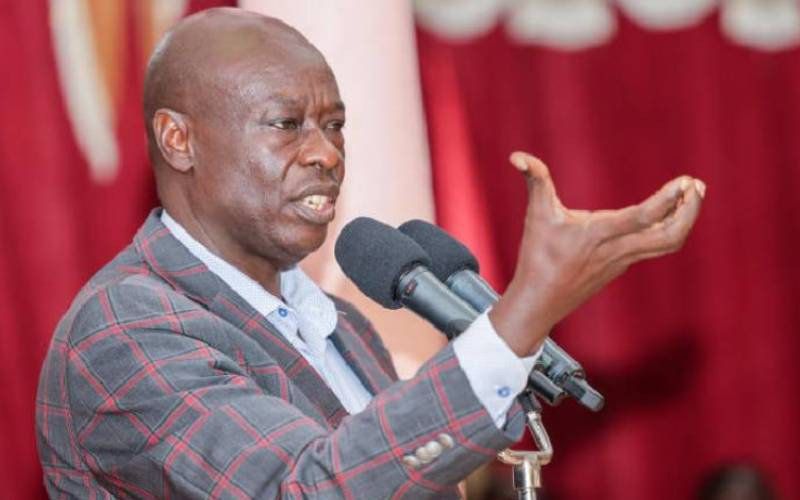Ed Stone, former director of JPL and project scientist for the Voyager mission, died on June 9, 2024. A friend, mentor, and colleague to many, he was known for his straightforward leadership and commitment to communicating with the public. Credit: NASA/JPL-Caltech
Known for his steady leadership, consensus building, and enthusiasm for engaging the public in science, Stone left a deep impact on the space community.
Edward C. Stone, a luminary in space exploration and former director of Edward C. Stone Professorship.
“Ed Stone was a trailblazer who dared mighty things in space. He was a dear friend to all who knew him, and a cherished mentor to me personally,” said Nicola Fox, associate administrator for the Science Mission Directorate at NASA Headquarters in Washington. “Ed took humanity on a planetary tour of our solar system and beyond, sending NASA where no spacecraft had gone before. His legacy has left a tremendous and profound impact on NASA, the scientific community, and the world. My condolences to his family and everyone who loved him. Thank you, Ed, for everything.”
Ed Stone, former director of NASA’s Jet Propulsion Laboratory and longtime project scientist of the Voyager mission, passed away on June 9, 2024. He was 88 years old. In this 2018 video, Stone talks about the Voyager 2 spacecraft reaching interstellar space, six years after Voyager 1 reached the same milestone. Credit: NASA/JPL Caltech
Stone served on nine NASA missions as either principal investigator or a science instrument lead, and on five others as a co-investigator (a key science instrument team member). These roles primarily involved studying energetic ions from the Sun and cosmic rays from the galaxy. He had the distinction of being one of the few scientists involved with both the mission that has come closest to the Sun (NASA’s Parker Solar Probe) and the one that has traveled farthest from it (Voyager).
“Ed will be remembered as an energetic leader and scientist who expanded our knowledge about the universe — from the Sun to the planets to distant stars — and sparked our collective imaginations about the mysteries and wonders of deep space,” said Laurie Leshin, JPL director and Caltech vice president. “Ed’s discoveries have fueled exploration of previously unseen corners of our solar system and will inspire future generations to reach new frontiers. He will be greatly missed and always remembered by the NASA, JPL, and Caltech communities and beyond.”

Ed Stone became project scientist for the Voyager mission in 1972, five years before launch, and served in the role for a total of 50 years. During that time, he also served as director of NASA’s Jet Propulsion Laboratory, which manages the Voyager mission for the agency. Credit: NASA/JPL-Caltech
At the Helm of Voyager
Stone is best known for his work on NASA’s longest-running mission, Voyager, whose twin spacecraft launched in 1977 and are still exploring deep space today. He served as Voyager’s sole project scientist from 1972 until his retirement in 2022. Under Stone’s leadership, the mission took advantage of a celestial alignment that occurs just once every 176 years to visit they debated whether or not Voyager 1 had exited the heliosphere and entered interstellar space. Some signs pointed to a new environment, but one key marker — the direction of the magnetic field lines around Voyager — hadn’t changed as significantly as scientists expected.
The team remained puzzled for months until Voyager 1’s arrival into interstellar space.
Guiding JPL to New Frontiers
Voyager’s high profile lifted Stone’s profile as well. In 1991, roughly two years after the mission completed its planetary flybys, Stone became director of JPL, serving until 2001. Under his leadership, JPL was responsible for more than two dozen missions and instruments. Highlights for Stone’s tenure included landing NASA’s Pathfinder mission with the first











/https://tf-cmsv2-smithsonianmag-media.s3.amazonaws.com/filer_public/34/31/3431771d-41e2-4f97-aed2-c5f1df5295da/gettyimages-1441066266_web.jpg)







Discussion about this post